7 Expert Tips for Decorating With Antiques at Home
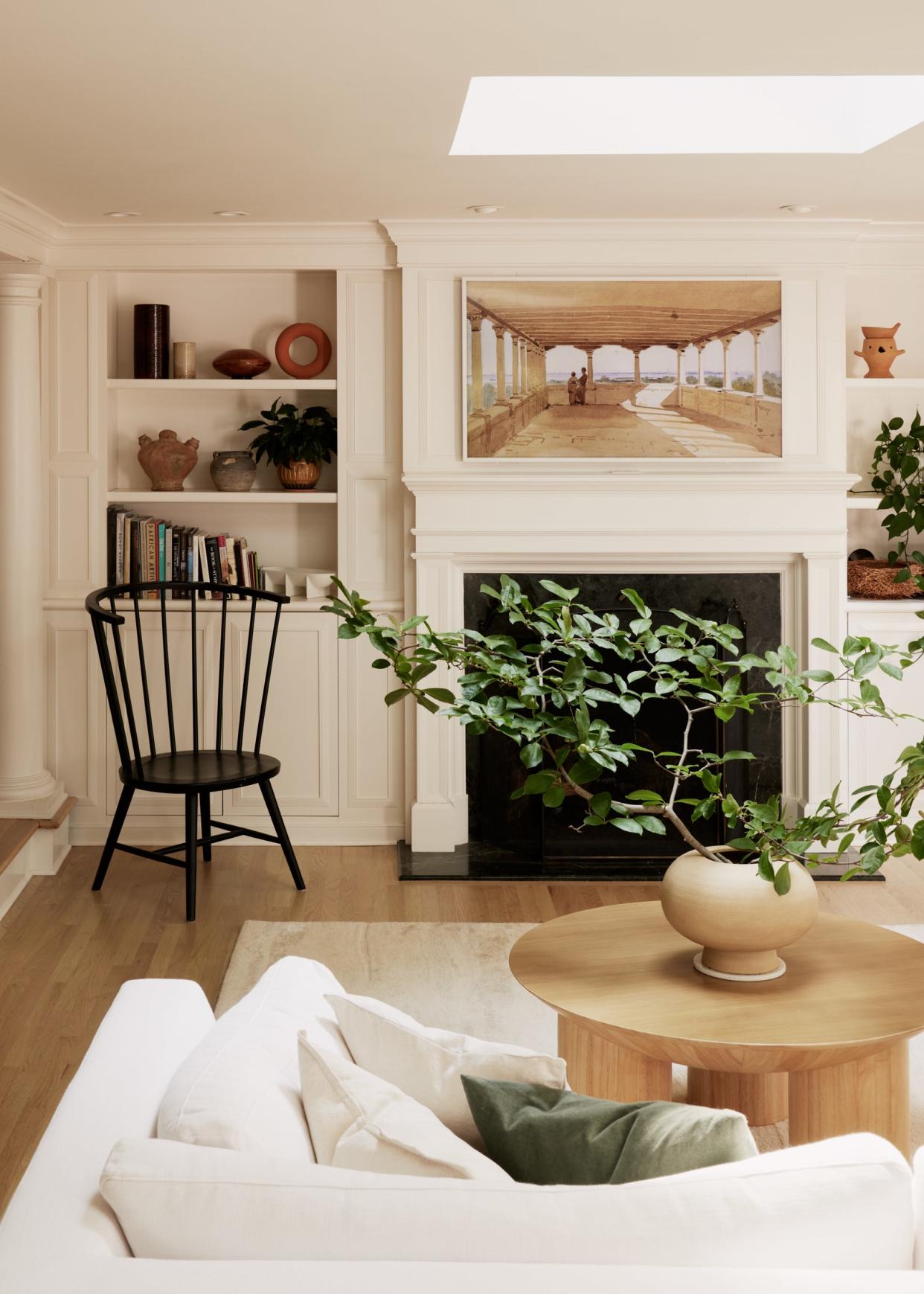
Photo: Ethan Hickerson
Believe it or not, the art of decorating with antiques is an age-old practice—older than that heirloom displayed on your mantle, probably—dating back to ancient civilizations like Rome and China, where people would collect and pass down the objects of their ancestors. In any era, procuring something older than the house you just moved into, one that’s rich with history and stories, is always a way of layering cultural intrigue into your home. For designer Kate Ferguson of New Canaan’s Palomino Interiors, antiques “bring instant soul to a space.” It’s why she says they’re a given in any design project she works on, whether by way of family heirlooms or pieces sourced specifically for a client.
But there’s a certain finesse to the hunt of finding the right piece and balancing out the old with the new so your home doesn’t feel like a dusty old trinket shop. We spoke with seven designers from AD PRO Directory about decorating with antiques to learn more about how to secure a winner, along with all the ways to integrate these curios into your own space.
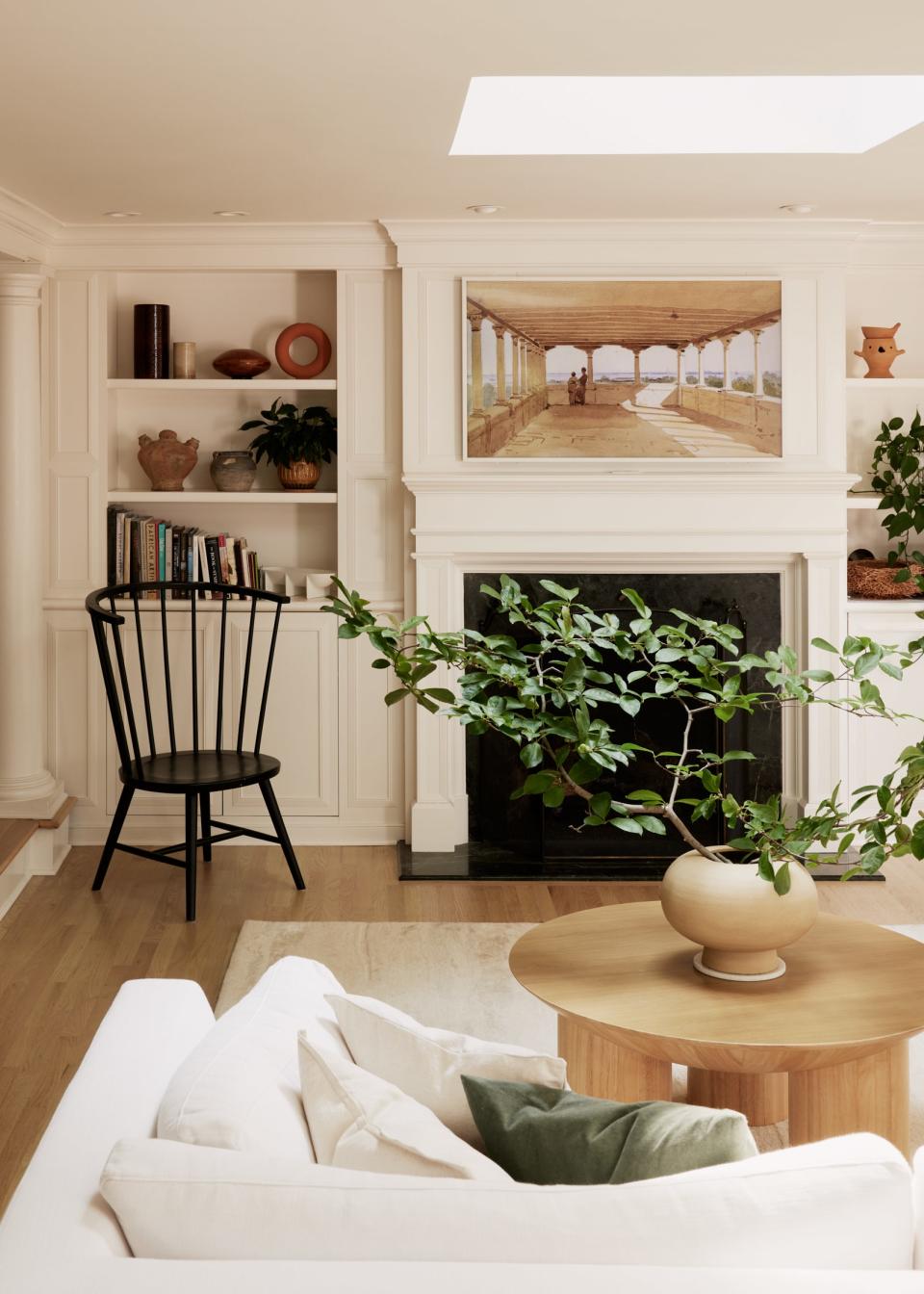
Reframe your perception of “antiques”
Although people might have a certain era or aesthetic in mind when they think of antiques, the design duo behind Studio Tarea in Richmond, Virginia, encourage collectors to dig a little deeper when they’re sourcing pieces for their home. “As two people from mixed backgrounds, we think it’s very important when we’re accessorizing and designing to broaden the idea of antiques beyond Louis XIII and Regency pieces,” explain Nolan Beck-Rivera and Cameron Billinghurst.
They often source African and Mesoamerican antiques for clients, as well as pieces spanning different Asian cultures, such as vases and ceramics from 400-year-old Malaysian shipwrecks, West African tribes with a mastery of wood carving, and Lenca ceramics from Honduras that reflect the country’s ancient pottery-making traditions. “As long as pieces are sourced ethically, we’re always looking to infuse a mixture of cultures into projects instead of focusing solely on Eurocentric art and design, not only because it’s reflective of us and our cultures, but because it’s more reflective of the world,” Billinghurst and Beck-Rivera add.
Display antiques that resonate with your personal history too
Before going on an antiques shopping spree, it’s always helpful to get a sense of the significance and history behind the items you’re after. “When there is a story tied to a piece, how you found it, where you found it, and who it once belonged to adds to a greater narrative and feels much more personal,” says Elizabeth Law, an interior designer with her own practice in Los Angeles.
Even if you don’t have your own assortment of family keepsakes to mine from, you can still surface gems beyond the home that reflect your own experiences. For example, Ferguson once sourced a turn-of-the-20th-century Spanish rug from Doris Leslie Blau for a client who studied abroad in Spain, along with some antique Swedish Gustavian pieces for a homeowner whose collection of antiques started with a piece inherited from her Swedish grandparents.
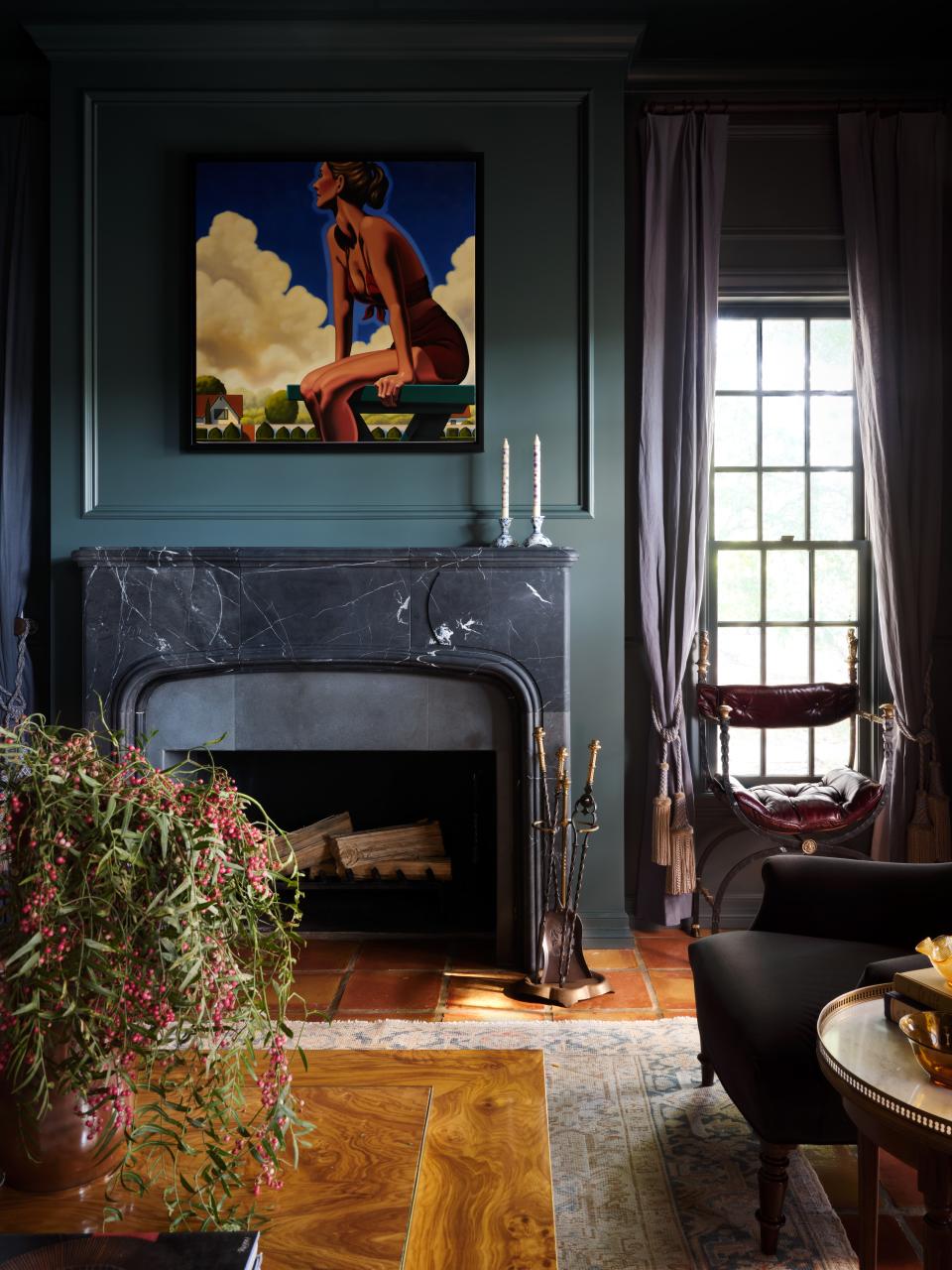
Prioritize seeing antiques in person
If you’re going treasure hunting online, sites like 1stDibs and Chairish are great places to start surveying the antiques landscape without leaving your home. Elisa Baran Tréan, a New York City–based designer, says that dealers on Instagram like A La Carte Studios or Reunion are her favorite online purveyors, while Beck-Rivera and Billinghurst recommend places like Casa Shop and Casita Amada for vintage and antique accessories.
Still, antiquing fiends like Killy Scheer, founder and principal of Scheer & Co. in Austin, Texas, insist that nothing beats shopping in person. “From high-end purveyors (where pieces have been impeccably refinished) to roadside junk shops, I love being able to see and touch pieces before buying them, as it allows me to get a real sense of what additional touch-ups will need to be done,” she explains while noting that case goods, tables, and decorative accessories are easy to source in person. Several designers also cited estate sales, antique fairs like Brimfield and Round Top, plus flea markets as regular haunts of theirs.
Always shop with intention
As with any other types of furnishings, coming in with a game plan will prevent you from spending gobs of money on a collectible that doesn’t fit your space. “I go antiques shopping armed with floor plans, presentations, and, always, a measuring tape,” Scheer says. For upholstered items, she keeps her clients’ preferred dimensions on hand before scouting and also takes “sit test” photos and videos for clients to show them how a piece looks when someone’s sitting in it.
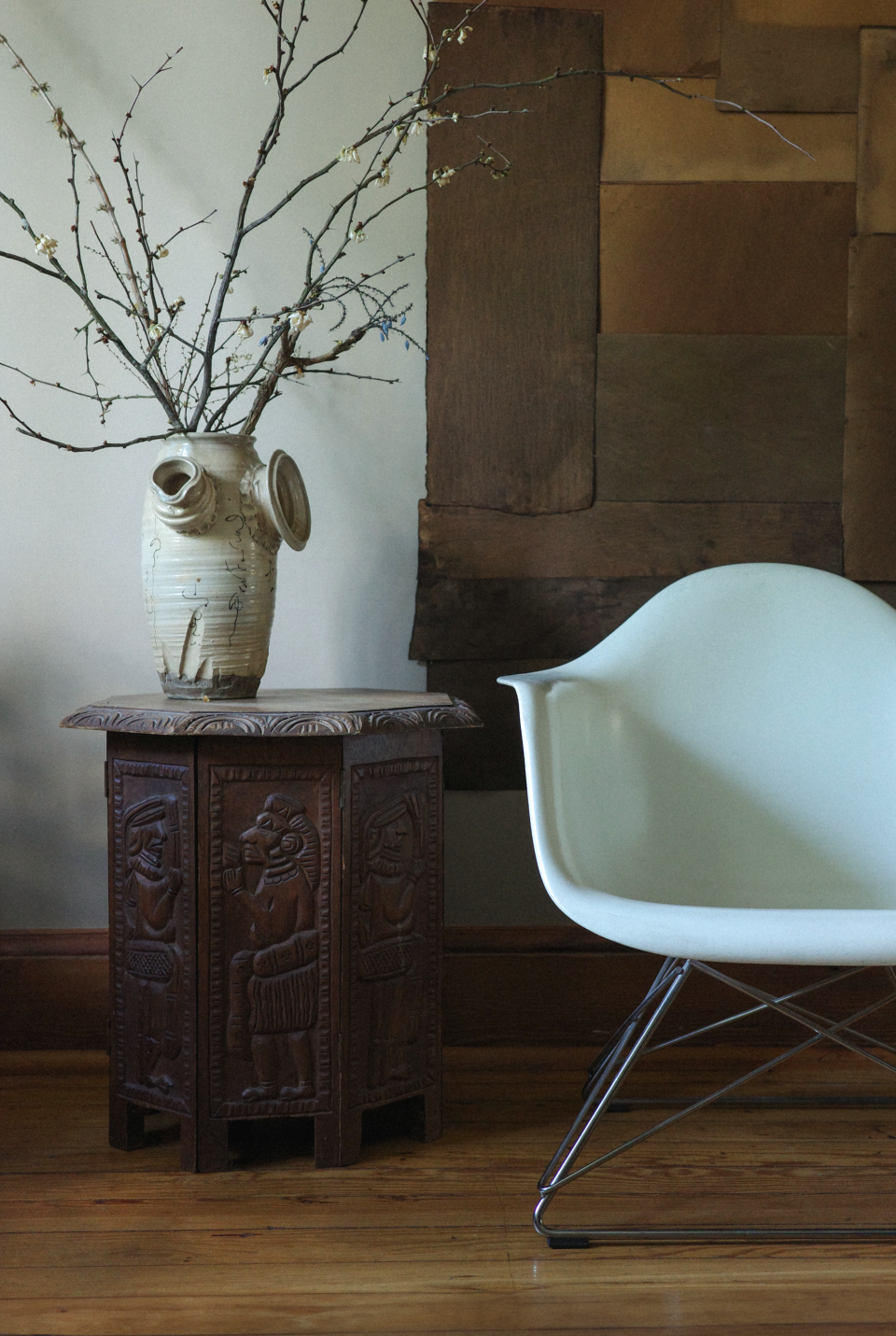
Let the new and the old commingle
The one word that came up again and again when we spoke to designers for this story was “timeless” as the goal for blending antique pieces with items from other eras. Beck-Rivera and Billinghurst note that weaving antiques into your interiors creates a design scheme that transcends trends without seeming overly designed. Instead, your home looks more collected and intentional.
Michael Tomei, founder of New York’s Michael Vincent Design, emphasizes “strategically curating pieces across various periods” rather than cherry-picking one or a few, “to imbue spaces with a captivating narrative and enrich them with layers of history and character.” This era-agnostic approach, he says, prevents a space or room from feeling monotonous or static.
Going for a more eclectic approach can also make your home feel lighter and more youthful rather than dated. Marea Clark, the principal of her own interior design firm in San Francisco, will often mix in modern forms, colors, and art to complement a more traditional antique piece. “Having a more playful or youthful piece or wall covering next to a family heirloom gives the space a new sense of history without feeling like you’re in a museum,” Clark adds.
Don’t be intimidated by antique lighting
While it might not be a collector’s first choice, Ferguson claims that the lighting of bygone eras is one of the most fun categories to work with: “The Art Nouveau period specifically is a favorite of ours to lean into. Pieces designed by Josef Hoffmann and the Wiener Werkstätte are just as relevant today as they were 100 years ago.”
The reason people tend to buy new lighting is to avoid a rewiring headache, but Ferguson says that it’s relatively inexpensive to do so with a lamp or chandelier (maybe around $25 for a simple lamp, she estimates). Her team, which usually works with European lighting that needs to be converted anyways, always takes vintage or antique luminaires to a lamp shop to ensure the wiring and bulb receptacles are safe. “The last thing we want is a fire hazard!”
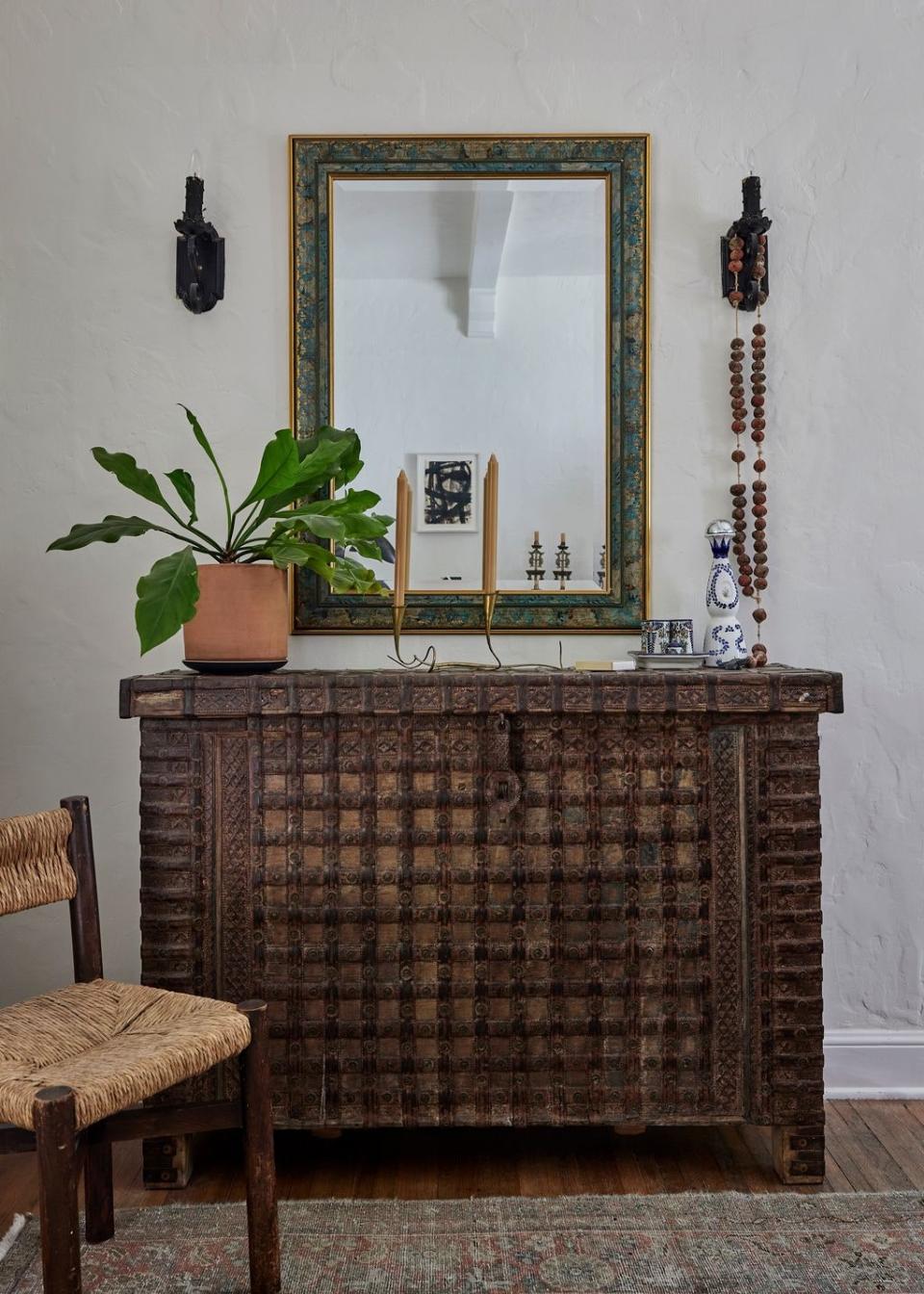
Prepare to apply some serious TLC
Often when you pick up antiques at a well-established dealer, pieces will be repaired and restored before you ever set your eyes on them. When you aren’t going through a third-party, Scheer says to expect a fixer-upper project because “sometimes it’s as simple as replacing a loose cushion or two or it’s a complete reformulation and refinish to bring pieces back to life.” She also mentions how her team works with local craftspeople who specialize in the restoration and conservation of antiques to breathe new life into old pieces. “They offer a wealth of knowledge about wood species, finishes, and historical information about the pieces we bring them to work on,” Scheer adds. So if you’re feeling overwhelmed by the process of restoring a new antique find, it’s often best to work directly with the pros to shine up a period piece.
Originally Appeared on Architectural Digest
More Great Stories Featuring AD PRO Directory Members
“White Chocolate Minimalism” Is the New Interior Trend to Watch
How to Make Your Interior Design Reflect Your Personal Style
Hire a Landscape Designer: What You Need to Know and Mistakes to Avoid
Browse the AD PRO Directory, our list of trusted design professionals.

